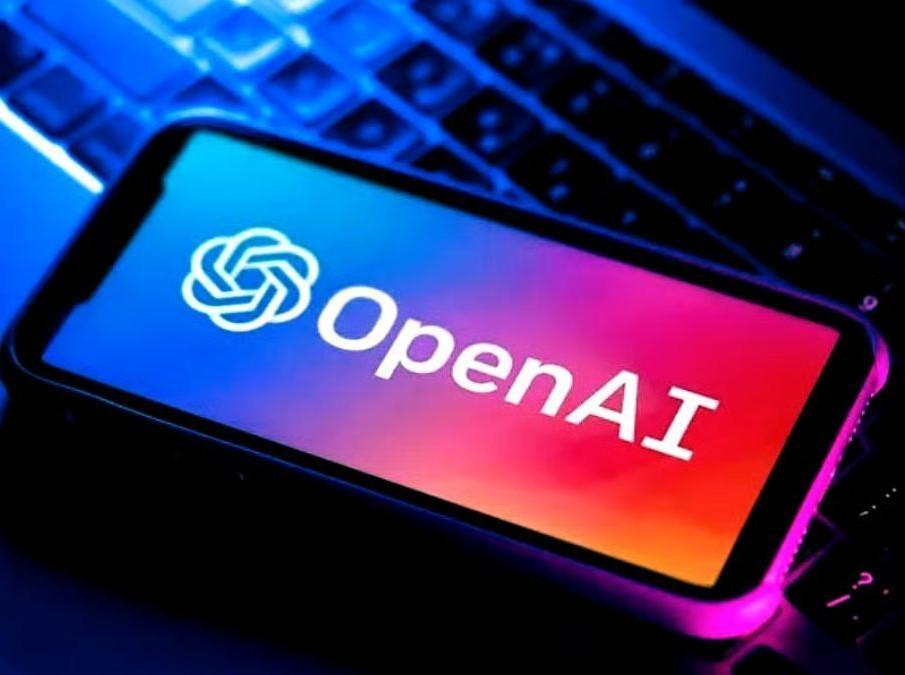
OpenAI Releases Downloadable AI Models for Public, Offline Use
In a groundbreaking move, OpenAI has taken a significant step towards democratizing access to artificial intelligence (AI) technology. The organization has released two AI models, gpt-oss-120b and gpt-oss-20b, which can be downloaded and run on personal computers without the need for internet access, expensive subscriptions, or even permission from OpenAI. This is the first time since 2019 that the organization has made its full AI models available for public use.
The release of these AI models marks a significant shift in the way AI technology is developed and used. Traditionally, AI models have been complex and inaccessible, requiring significant computational resources and expertise to develop and deploy. However, with the release of gpt-oss-120b and gpt-oss-20b, anyone with a computer and an internet connection can download and run these models without having to rely on OpenAI’s infrastructure.
So, what do these AI models do, and why is their release so significant?
What are gpt-oss-120b and gpt-oss-20b?
gpt-oss-120b and gpt-oss-20b are two AI models developed by OpenAI, a non-profit artificial intelligence research organization. The “gpt” in the model names stands for “generative pre-trained transformer,” which is a type of AI model that uses a transformer architecture to generate human-like text.
These models have been trained on large datasets of text, allowing them to learn patterns and relationships in language. This enables them to generate text that is coherent, natural-sounding, and often indistinguishable from text written by humans.
gpt-oss-120b is a larger model with 120 billion parameters, while gpt-oss-20b has 20 billion parameters. The larger model is capable of generating longer and more complex texts, while the smaller model is more suitable for tasks that require faster response times.
Why is the release of these AI models significant?
The release of gpt-oss-120b and gpt-oss-20b is significant for several reasons:
- Democratization of AI: By making these models available for download and use, OpenAI is democratizing access to AI technology. Anyone with a computer and an internet connection can now use these models to develop their own AI applications, without having to rely on OpenAI’s infrastructure or expensive subscriptions.
- Increased transparency: By releasing the models in an open-source format, OpenAI is providing transparency into the development and training of these models. This allows developers and researchers to modify and extend the models to suit their specific needs.
- Fostering innovation: The release of these models is likely to foster innovation in the AI community. By providing access to these models, OpenAI is encouraging developers and researchers to experiment with new applications and use cases for AI technology.
- Improved accountability: By allowing developers to run these models offline, OpenAI is promoting accountability and transparency in the development and deployment of AI applications.
How can you use these AI models?
The possibilities for using gpt-oss-120b and gpt-oss-20b are vast and varied. Here are a few examples of how you can use these models:
- Text generation: Use these models to generate text for a variety of applications, such as chatbots, content generation, and language translation.
- Content creation: Use these models to generate content for social media, blogs, and other online platforms.
- Research: Use these models to conduct research in natural language processing, machine learning, and other related fields.
- Education: Use these models to teach students about AI and natural language processing.
Conclusion
The release of gpt-oss-120b and gpt-oss-20b by OpenAI marks a significant shift in the way AI technology is developed and used. By making these models available for download and use, OpenAI is democratizing access to AI technology and promoting innovation and accountability in the development and deployment of AI applications. Whether you’re a developer, researcher, or simply someone interested in AI technology, these models offer a powerful tool for exploring the possibilities of AI.






